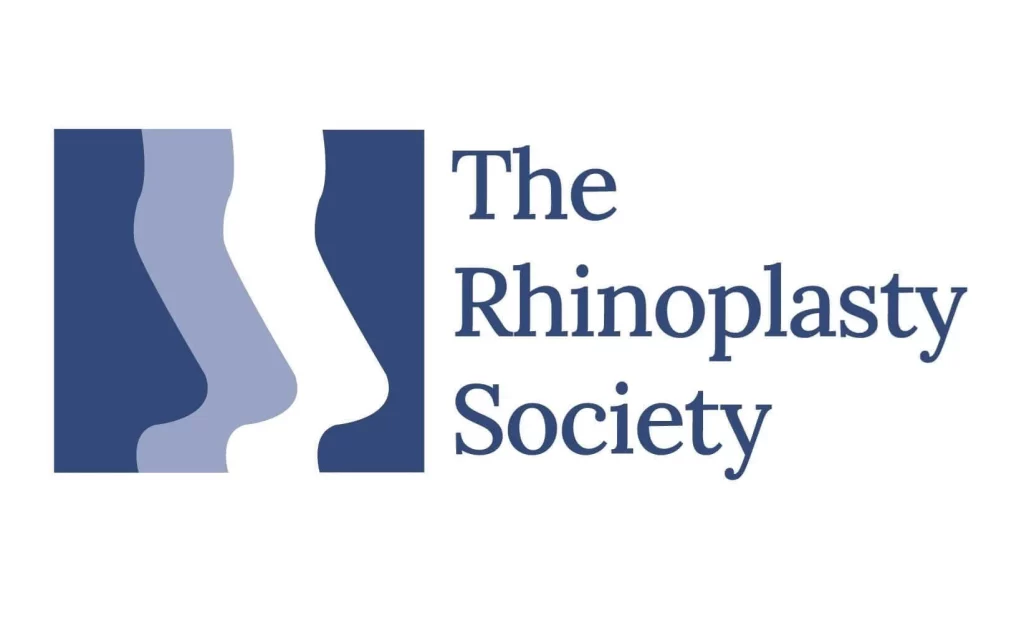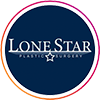Rhinoplasty, commonly referred to as a “nose job,” is one of the most popular cosmetic surgeries worldwide. Whether you’re considering rhinoplasty for aesthetic reasons or functional improvements, understanding the procedure, recovery, risks, and benefits is essential before making a decision.
In this comprehensive guide, we’ll cover:
- What rhinoplasty is
- Different types of rhinoplasty
- The ideal candidate
- The procedure
- Recovery timeline
- Risks and complications
- Expected results
What Is Rhinoplasty?
Rhinoplasty is a surgical procedure that reshapes, resizes, or reconstructs the nose. It can be done for cosmetic reasons, such as refining the nasal tip or reducing a hump, or for functional reasons, such as correcting breathing issues due to a deviated septum.
Types of Rhinoplasty
There are several types of rhinoplasty, depending on the patient’s needs and desired outcome:
1. Cosmetic Rhinoplasty
This type focuses on enhancing the nose’s appearance by addressing:
- Nasal asymmetry
- Dorsal hump (bump on the bridge)
- Wide or flared nostrils
- Drooping or upturned nasal tip
2. Functional Rhinoplasty
This is performed to improve breathing and correct structural issues, such as:
- Deviated septum (septoplasty)
- Nasal valve collapse
- Enlarged turbinates
3. Revision Rhinoplasty
Also known as secondary rhinoplasty, this procedure corrects issues from a previous nose surgery, whether cosmetic or functional. It can be more complex due to scar tissue and changes in nasal structure.
4. Non-Surgical Rhinoplasty (Liquid Rhinoplasty)
For those looking for minor corrections, dermal fillers can temporarily enhance the nose’s shape without surgery. However, results last around 6–12 months.
Who Is a Good Candidate for Rhinoplasty?
You may be a good candidate if you:
- Are in good overall health
- Have realistic expectations
- Are at least 16–18 years old (when nasal growth is complete)
- Have breathing difficulties or cosmetic concerns
- Are a non-smoker or willing to quit before surgery
The Rhinoplasty Procedure
1. Consultation
A board-certified plastic surgeon will evaluate your nose, discuss your goals, and use imaging technology to simulate possible results. Ideally finding a surgeon who specializes in rhinoplasty, as not all plastic surgeons are experienced with this procedure.
To do this you can look for a surgeon who is a member of The Rhinoplasty Society. Being a member of the Rhinoplasty Society means being a board-certified surgeon who specializes in rhinoplasty. Members are dedicated to sharing knowledge and best practices in rhinoplasty, an aesthetic and reconstructive procedure that involves surgery on the nose.
You can find a surgeon at the Rhinoplasty Society website.
2. Surgical Techniques
Rhinoplasty is performed under general anesthesia and typically takes 1.5 to 3 hours. The two main techniques are:
- Open Rhinoplasty: A small incision is made on the columella (the strip of tissue between the nostrils), allowing better visibility and precision.
- Closed Rhinoplasty: All incisions are made inside the nostrils, leaving no external scars and reducing recovery time.
The surgeon reshapes the nasal bones and cartilage, removes or adds tissue, and refines the overall structure before closing the incisions.
Recovery Timeline
- First Week: Swelling and bruising peak. A splint is worn to support the nose.
- 2–3 Weeks: Most swelling and bruising subside; you can return to work.
- 1–3 Months: Breathing improves, and swelling continues to decrease.
- 6–12 Months: Final results become fully visible as residual swelling fades.
Risks and Potential Complications
Like any surgery, rhinoplasty carries risks, including:
- Infection
- Nosebleeds
- Breathing difficulties
- Unsatisfactory results (may require revision surgery)
- Scarring (rare with closed rhinoplasty)
Choosing an experienced surgeon minimizes these risks.
What Results Can You Expect?
The final results of rhinoplasty depend on:
- The surgeon’s skill
- Your nasal structure and healing process
- How well you follow post-operative care instructions
While initial swelling can distort your nose’s appearance, patience is key, as the final shape emerges gradually.
Final Thoughts
Rhinoplasty can be life-changing, improving both aesthetics and function. However, it’s important to have realistic expectations, choose a skilled surgeon, and follow all post-operative care instructions for optimal results.
If you’re considering rhinoplasty, schedule a consultation with a board-certified plastic surgeon to discuss your options.








Leave a Reply